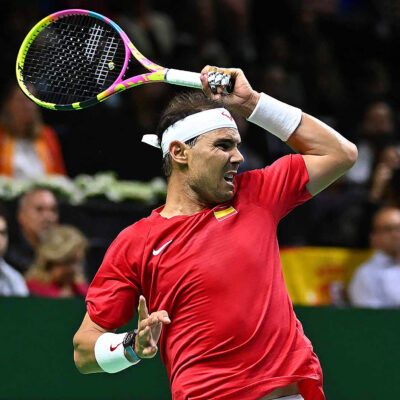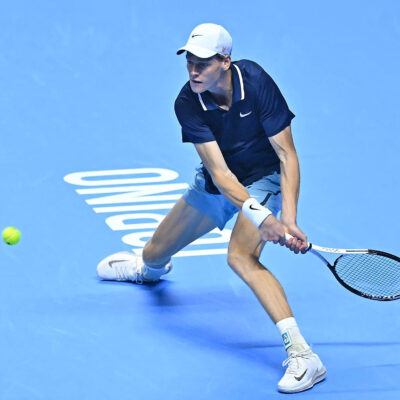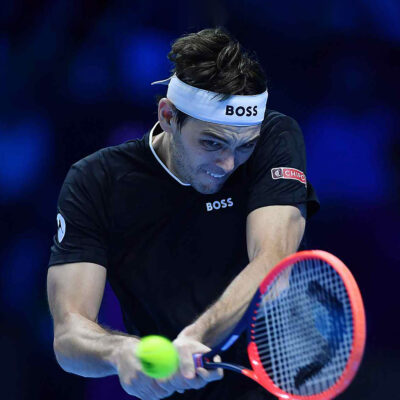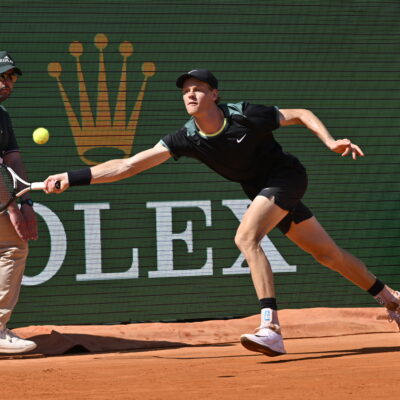In an ever-changing sporting world, tennis is battling to keep pace with other sports in the fight to maintain – and grow – its audience.
US-based sports have long been used to TV-dominated structures and viewing trends, but many other ‘more traditional’ sports have relied on their ‘traditions’ to keep their fan bases happy.
In 2020 it can be argued that those days are long gone. Media is instant and TV ratings demand a wow factor, Not just one – but often many.
Soccer, with its much argued about VAR video has been founded down that road – as has cricket and even rugby.
And attention spans of today’s young fans are very different. Which is why cricket’s 20 overs version (Twenty20) has become a success for both fans at games and on TV.
Two hours and it’s all over.

For tennis, traditions means a lot – it always has and always should. But reaching out to new audiences in a very crowded sporting market place is never easy.
The last estimation of support for the game was 1 billion – globally – fourth in a world ranking, behind soccer, basketball and cricket.
Tennis is regarded as the most dominant sport world-wide in the northern summer (May to July ) every year, except when there is a soccer World Cup.
And in terms of gender support, it’s pretty much a 50-50 split.
Add in the fact that about 45 countries are represented in the rankings and you get a better picture as to why there is a reasonable global reach.
But, it has never really been a major world player when it comes to team events – more an individual sport.

OK, there’s the Davis Cup and Fed Cup – but they are for the purists, many will argue – and not for the masses – as ratings will prove.
Now though, there is a real attempt to address that with the ATP trying to grow a new audience with the inaugural ATP Cup in Australia.
So far so good – although there really does to need to some serious talk with the ITF to resolve the potential wars with Davis Cup organisers.
Two world team events will simply not work on a global audience, many still wondering what the event is all about. There has to be one event, and one event only.
Saying that is of course far easier than doing it. Novak Djokovic’s olive branch this week may find a pathway to discussion, but given the millions invested in the Davis Cup by the UTF and its sponsors, we may well have to wait a while longer before a solution is found.
In Perth this weekend we (our Grandslamtennis.online team) witnessed some new ideas – at the ATP Cup – to embrace fans and hopefully attract new ones.
And they seemed to work.
Video reviews and challenges (not dissimilar to the NFL) , shown on large screens, accompanied by the gasps of the crowd if the call is close.
Team benches instead of the standard player seats either side of the chair umpire.
The ATP prefers to call them ‘team zones’ but they are proving popular with fans.
“In ATP tournaments normally you cannot even communicate with your coach, you’re by yourself and thinking by yourself,” Russia’s Karen Khachanov said.
“You’re trying to analyse what’s going on and here you have your whole team behind you, your personal coach, captain. The stats enable you to talk about every point and I think it’s a really good addition.”
It is as it gives the audience – both live and on TV access to areas previously not seen. The players like it too.
In Perth, as Georgia struggled to keep pace with Spain’s dynamic duo of Nadal and Agut, there was a visible warmth to their efforts and team-mates applauded and encouraged fan participation.
Not tennis? Maybe … but in 2020, this is the way forward for sport.
In addition, for the players, each team zone can access ATP‘s second screen, an advanced platform providing player and ball tracking data in real-time. And perhaps, more importantly, fans can watch them doing it.
Video review is another that captures fan engagement. It certainly did in Perth. Foot fault cameras and extra technology that creates closer scrutiny of key calls – and the fact that teams can challenge those calls. And fans too.
There was still so e confusion over who wears what – Agut’s match against Alex Metrevelli saw both players in red. If you were new to the game, it might take a few minutes to figure out who was who.
Perhaps something was said to Nadal and his opponent Niko Basilashvili in the warmup areas before they entered the court, as Nadal wore red and Basil white – not that we really needed any help to identify the World No.1.
A two-thirds full arena appreciated the new ideas – and the tennis – regardless of how one-sided it was.
For many, it wasn’t about the tie – it was about seeing Nadal for the first time.
And they loved him, even when the giant Georgian Basilashvili clawed back from 5-2 down to 5-all.
It was a night out, an event, an evening where tennis grew fans.
And at 15-40 in the second set of that first game, trailing 6-0, 5-0 when a fan shouted ‘Let’s go Alex’ to Metreveli, it became evident that here, we had a tournament that just might be the future.






